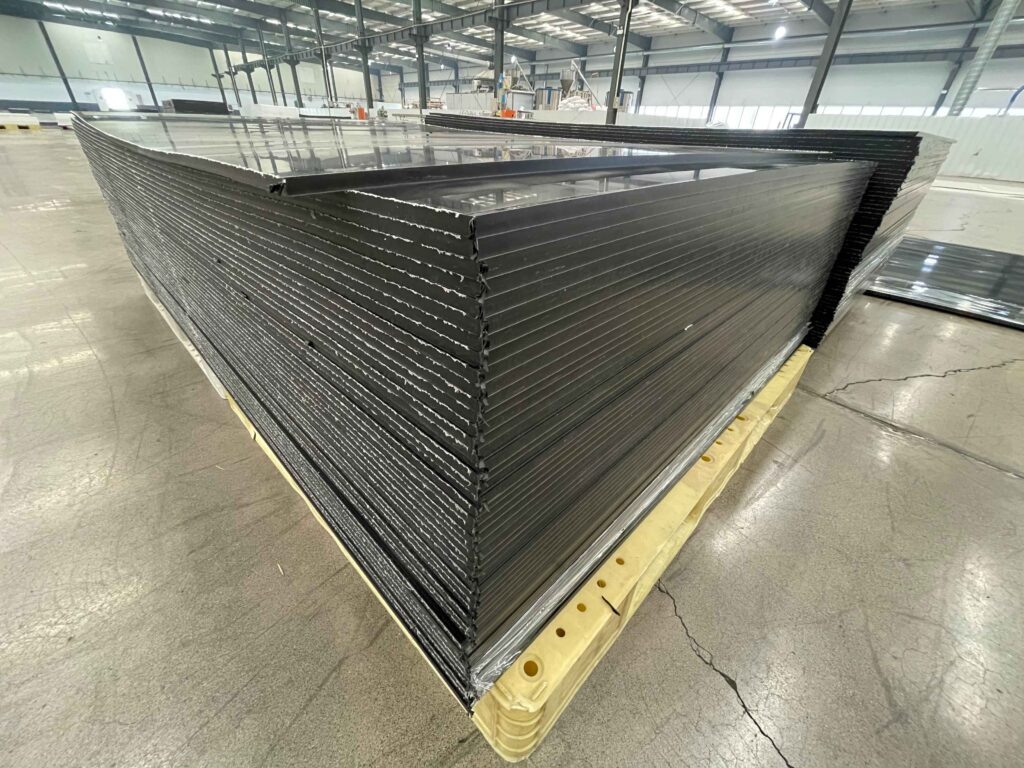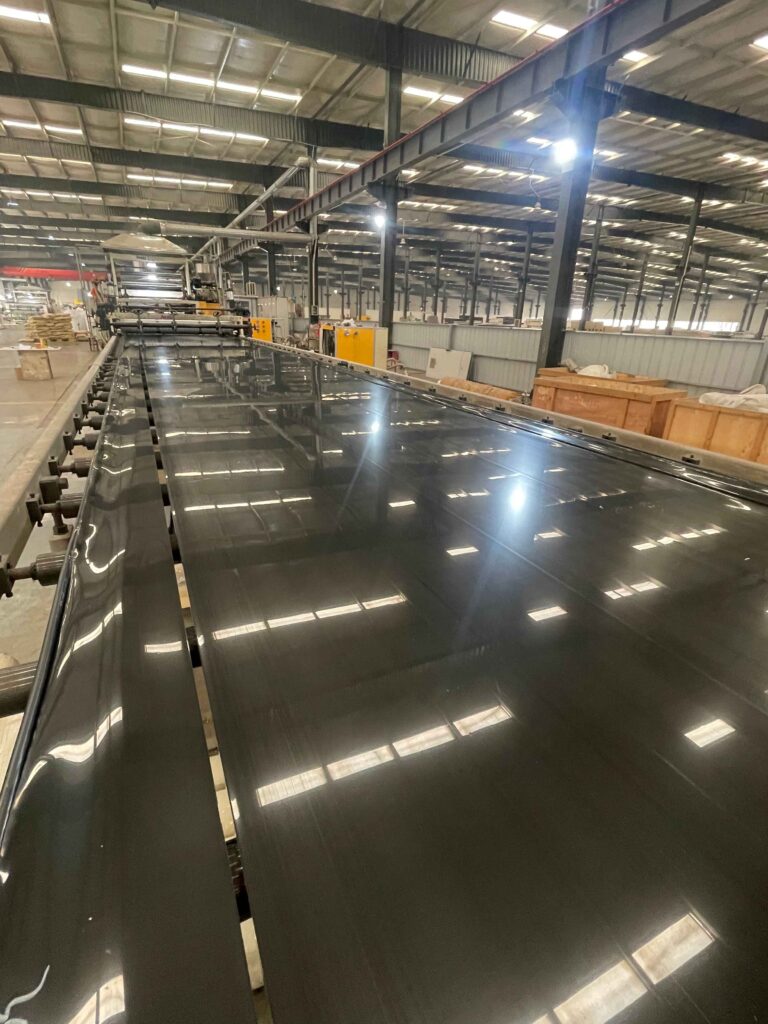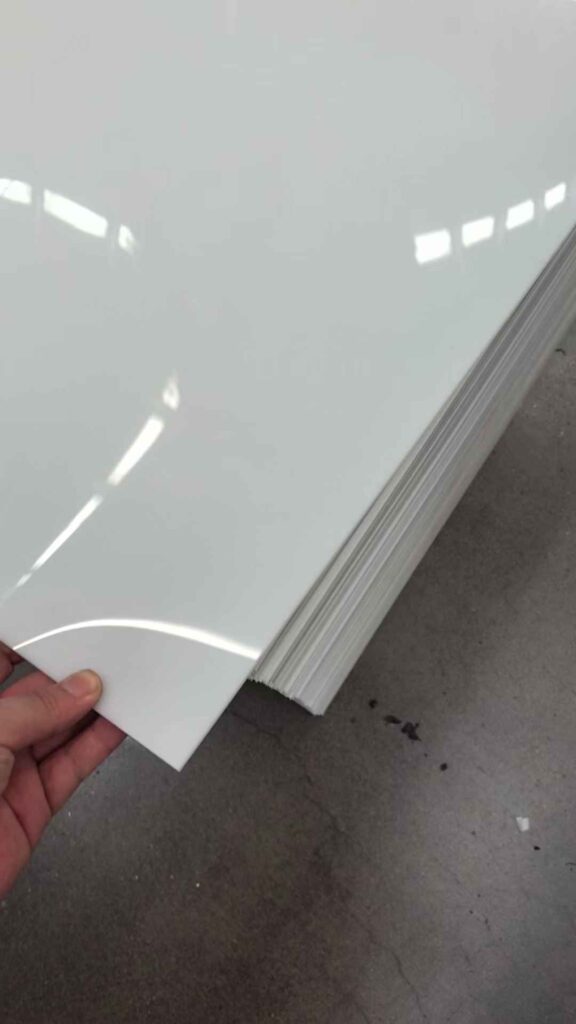High-density polyethylene (HDPE) textured sheet is a material widely used in modern industry and daily life. Its unique properties and broad application range make it an indispensable component in many fields.
As the name suggests, high-density polyethylene textured sheet is made primarily from HDPE (high-density polyethylene) through specific processing techniques to form a surface with textured patterns. HDPE is a thermoplastic polymer with excellent physical properties and chemical stability, making it a key member of the polyethylene family. The surface patterns of the textured sheet are diverse, including but not limited to wood grain, stone grain, and metallic textures. These patterns not only enhance the product’s appearance but also improve its anti-slip performance, making it suitable for various environments.




Key Features of High-Density Polyethylene Textured Sheets
The widespread use of HDPE textured sheets is closely related to their unique performance characteristics. The main features include:
- Lightweight Structure and Low Density:
HDPE is a lightweight material with a much lower density than traditional metal materials. As a result, textured sheets are easy to handle and install. - High Strength and Excellent Corrosion Resistance:
HDPE offers outstanding impact resistance and chemical resistance, capable of withstanding corrosion from various chemicals. Therefore, the textured sheets maintain excellent performance even in harsh environments. - Good Insulation Properties:
HDPE is an excellent electrical insulator, which allows textured sheets to be widely used in the electrical field. - Easy to Process and Install:
Textured sheets can be processed using various methods such as cutting, drilling, and welding. They are easy to install, significantly saving construction time and labor costs. - Dimensional Stability and Vibrant Colors:
The sheets have excellent dimensional stability and color retention. They are resistant to deformation and fading even after long-term use. - Recyclable:
HDPE is a recyclable material. The textured sheets can be recycled after use, meeting environmental protection standards.
In addition, UV-resistant HDPE textured sheets also have excellent low-temperature resistance. Even at temperatures as low as -100°C, they maintain a certain degree of impact resistance and do not become brittle. They also exhibit good chemical stability and can resist corrosion from most acids and alkalis.
Application Fields of High-Density Polyethylene Textured Sheets
Due to their unique properties and wide range of applications, HDPE textured sheets are highly favored in various industries. Their main application areas include:
- Architectural Decoration:
Due to their aesthetic appeal, durability, and ease of cleaning, textured sheets are widely used in architectural decoration such as wall panels, flooring, ceilings, and more. - Furniture Manufacturing:
With their lightweight, durability, and ease of processing, textured sheets are an ideal material for furniture manufacturing. They can be used for furniture surfaces such as tabletops, cabinet doors, etc. - Advertising and Packaging:
With a rich variety of colors and patterns, these sheets meet both aesthetic and practical needs in the advertising and packaging industries. They can be used as background panels for billboards or as inner and outer surface materials for packaging boxes. - Playground Equipment and Sports Facilities:
Thanks to their excellent anti-slip and wear-resistant properties, textured sheets are widely used in the manufacturing of playground equipment and sports facilities. They can be used for slide surfaces, gym equipment pedals, and more. - Chemical and Mechanical Industries:
With their corrosion and impact resistance, textured sheets are commonly used in chemical and mechanical fields. They can be used as linings for chemical equipment or protective panels for machinery. - Transportation:
With their lightweight, durability, and easy-to-clean characteristics, textured sheets are also widely used in the transportation sector. Applications include vehicle interior materials, train seat surface panels, and more.

